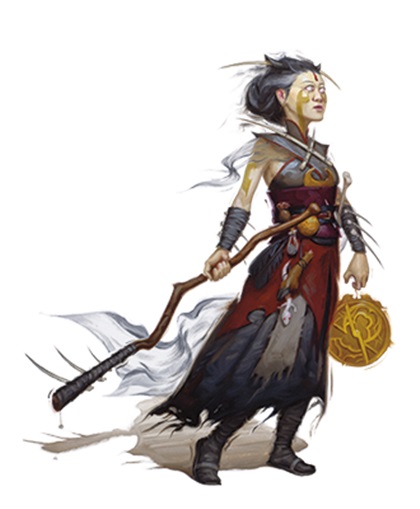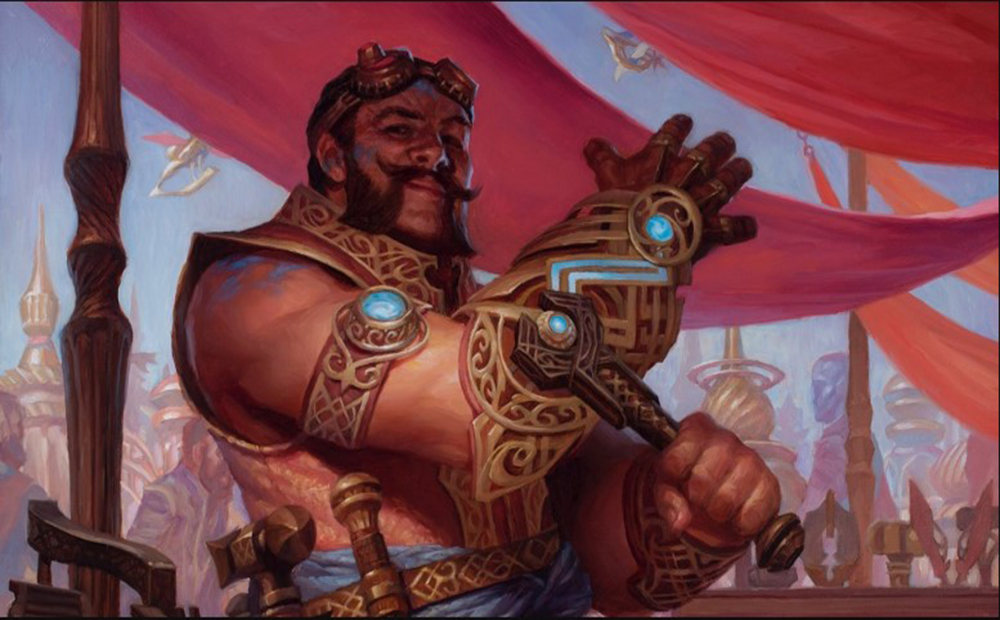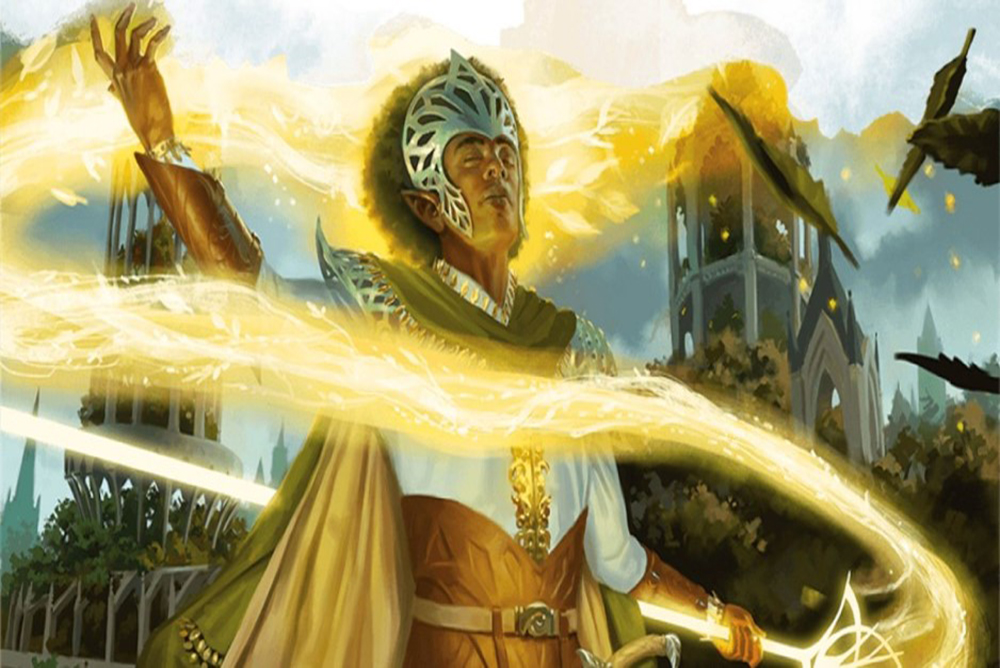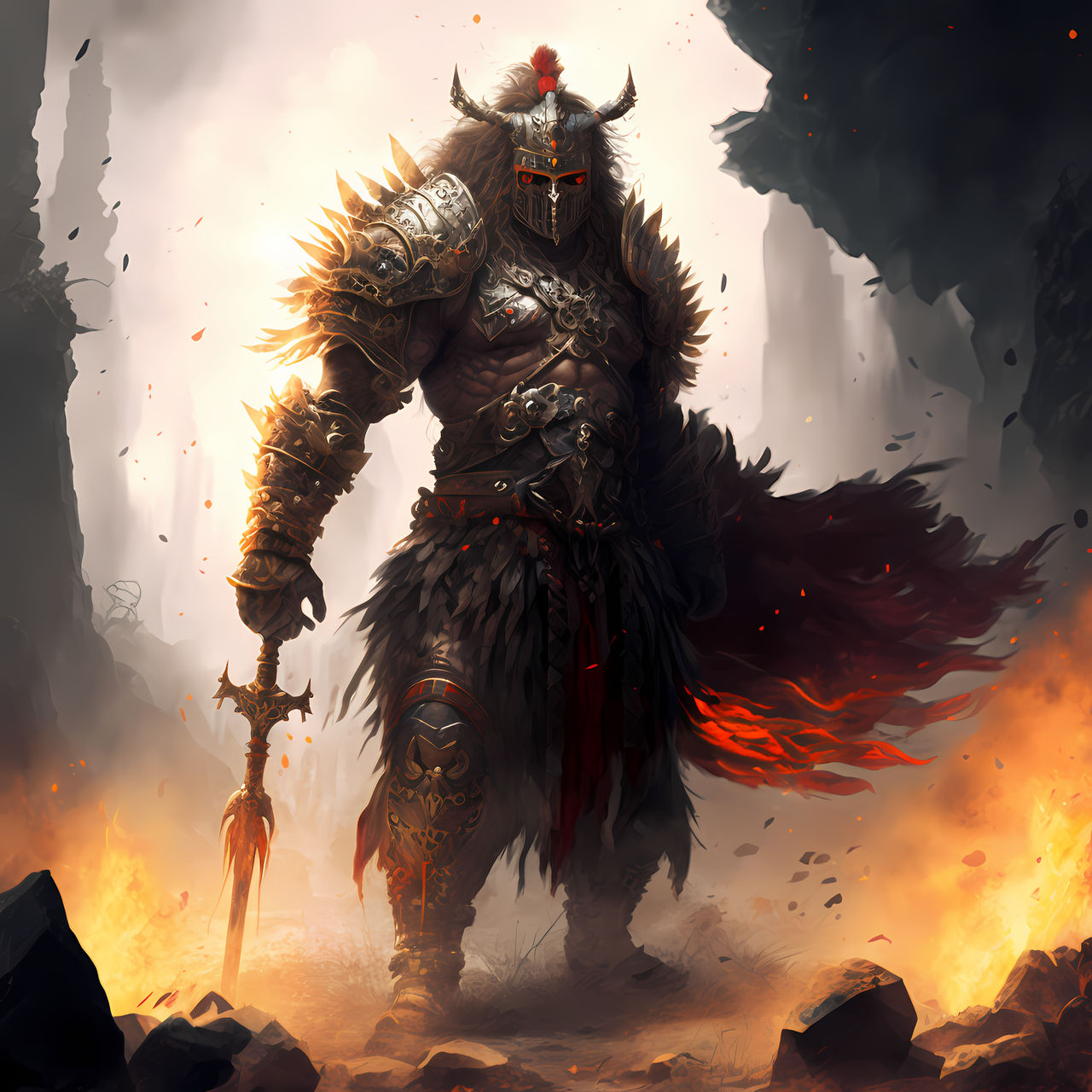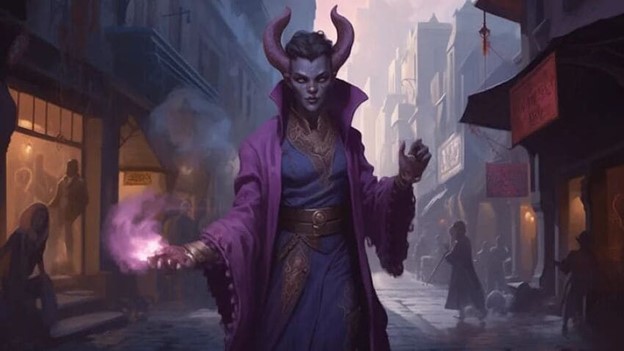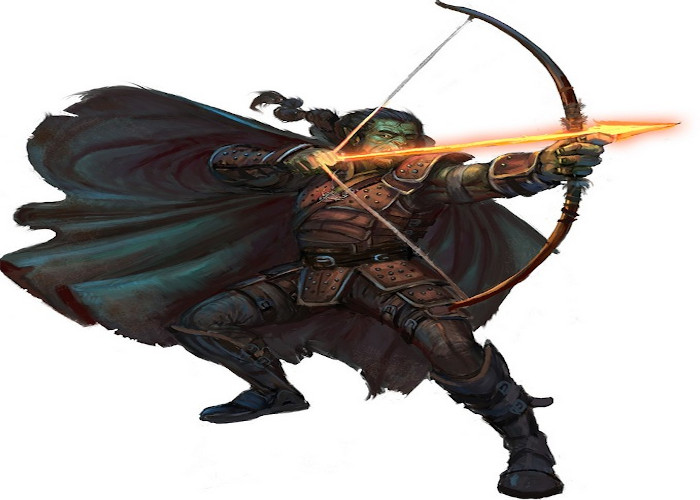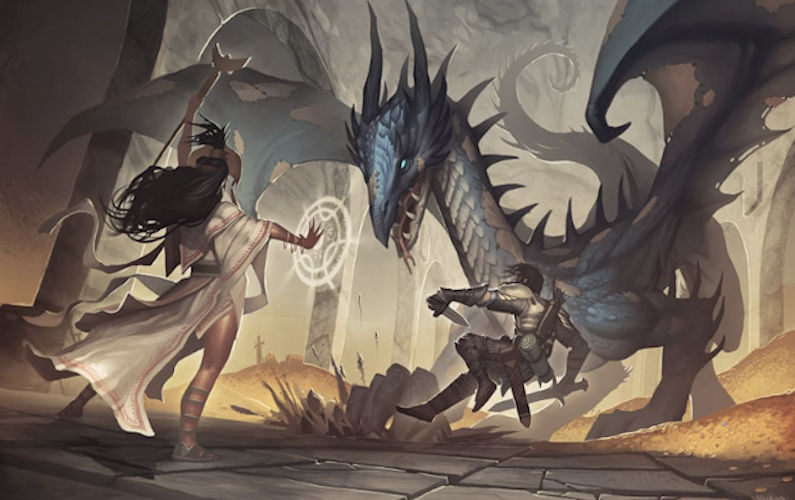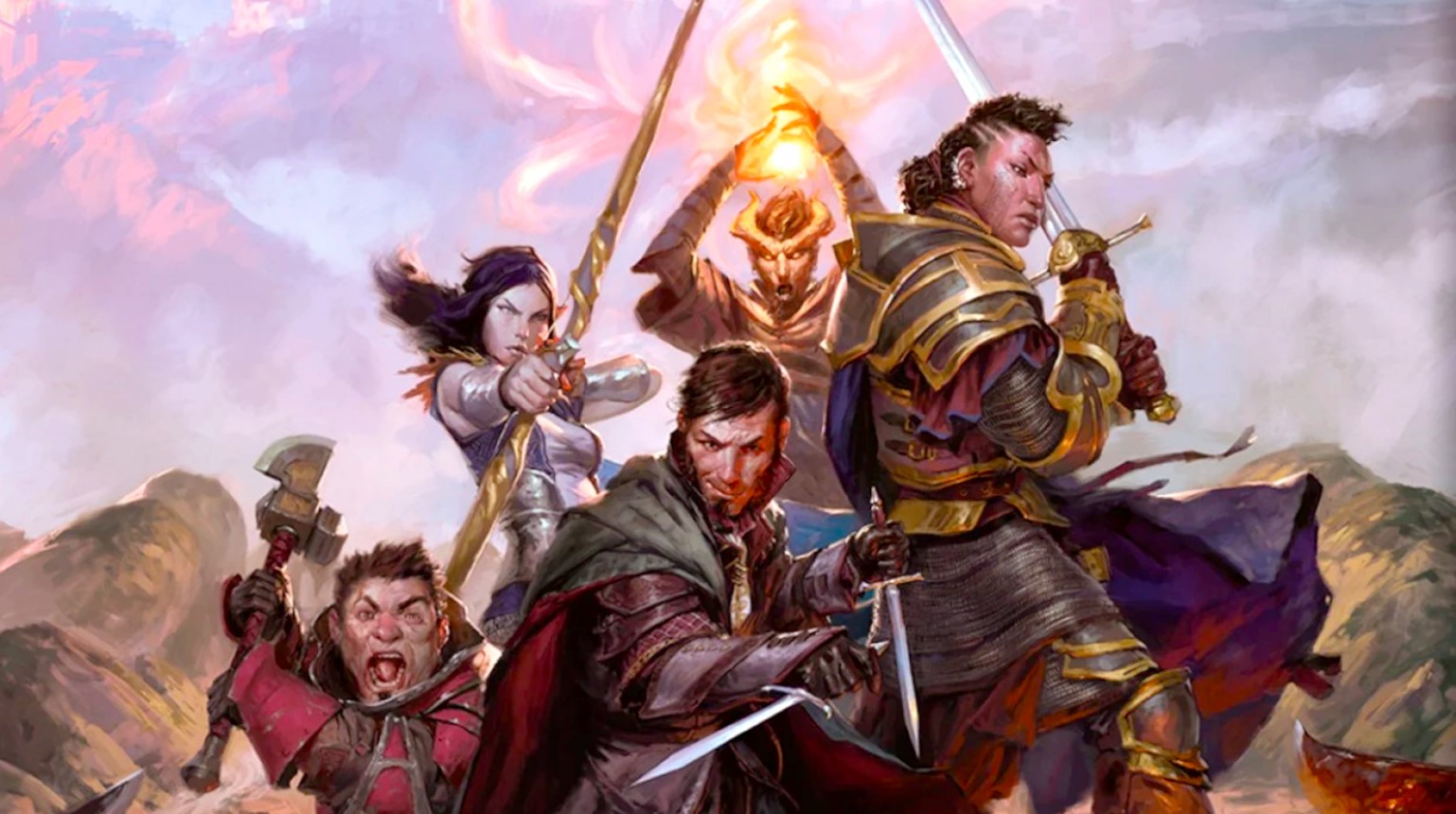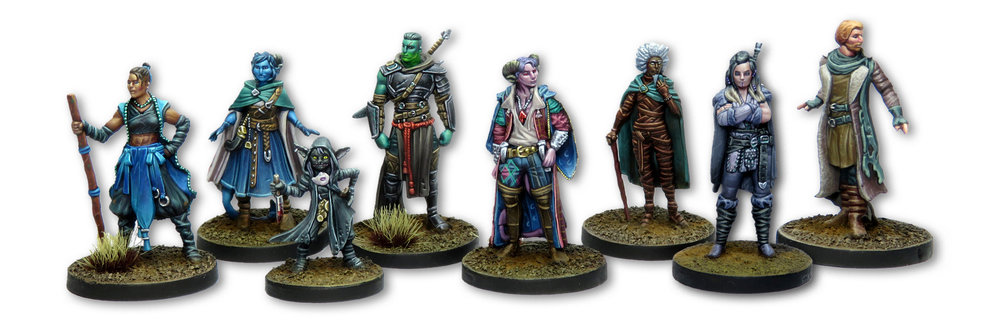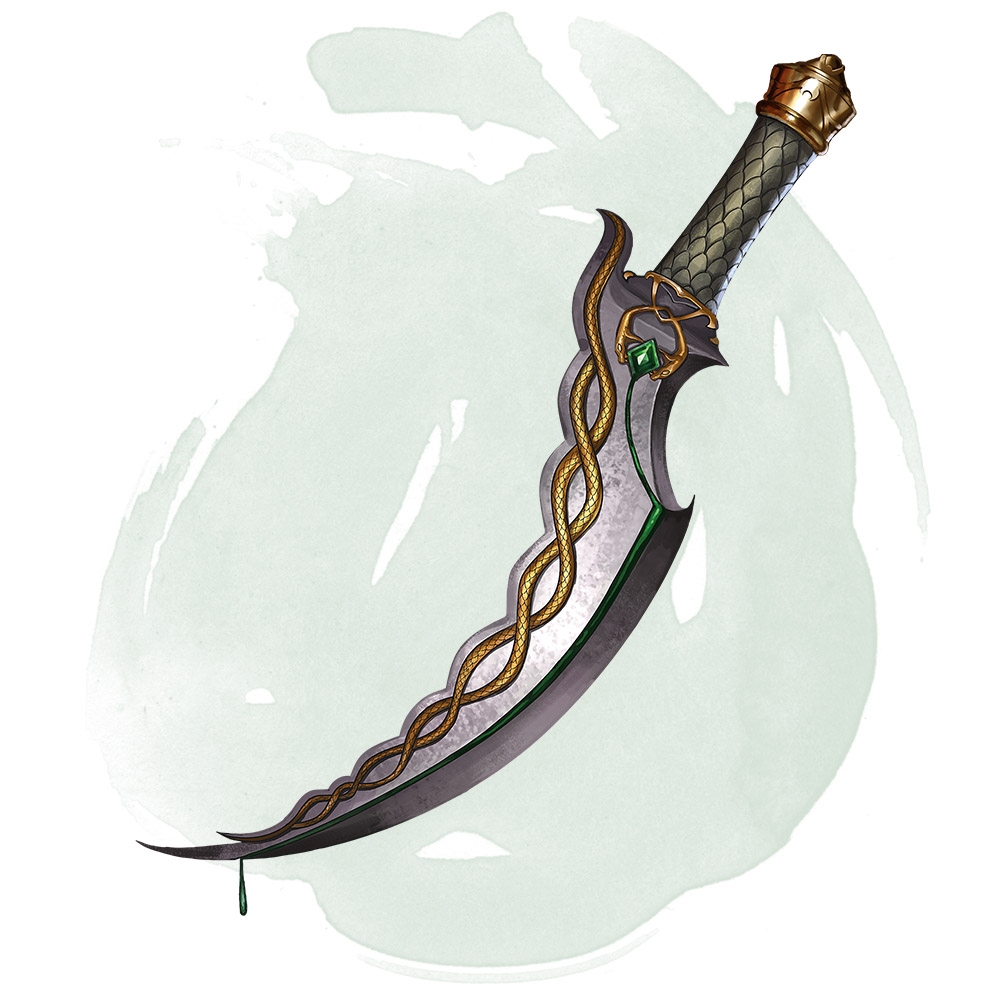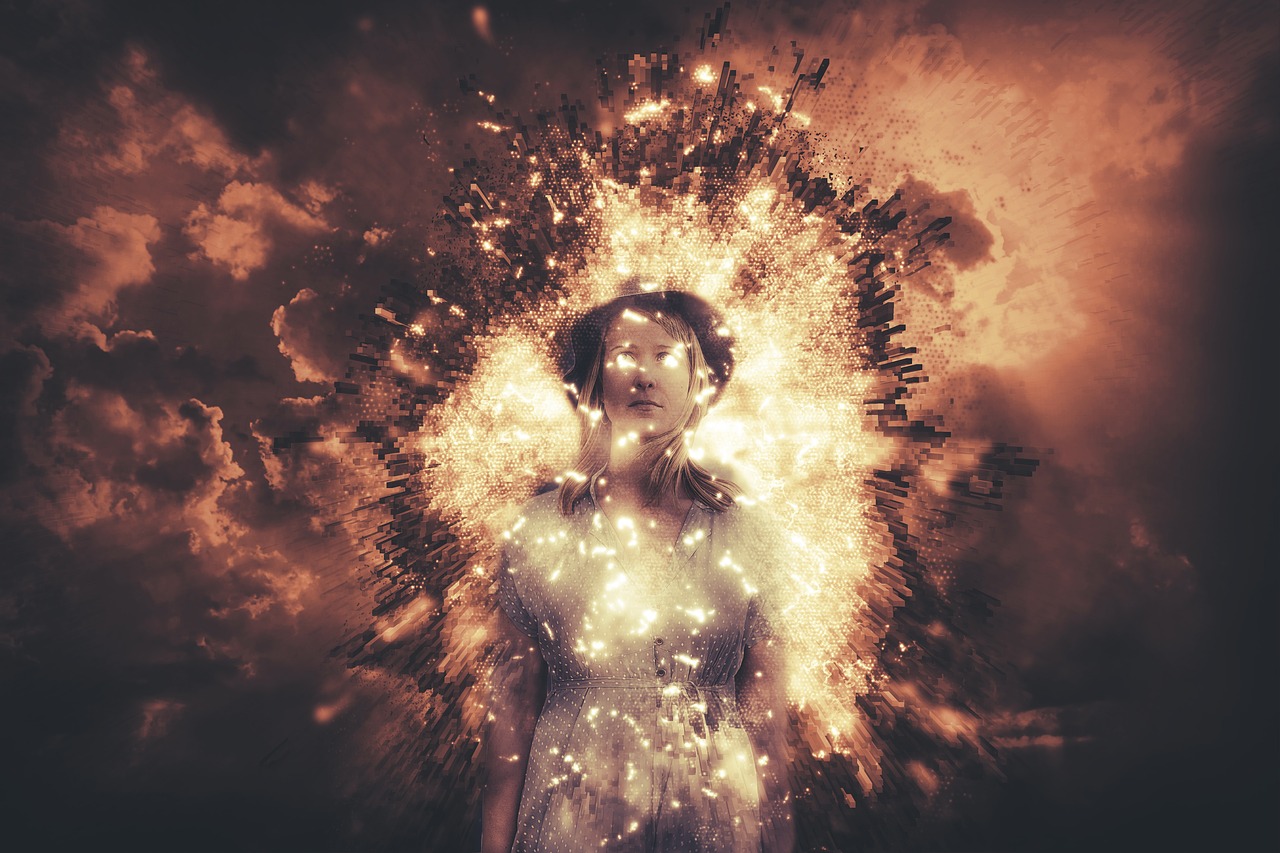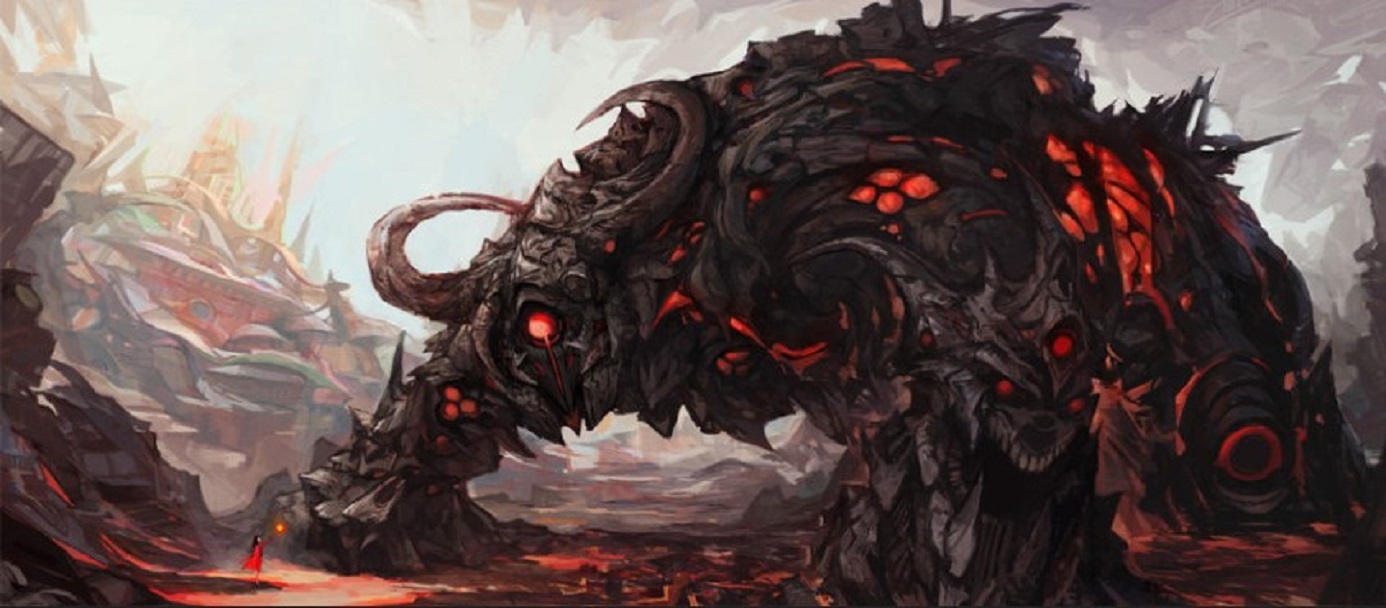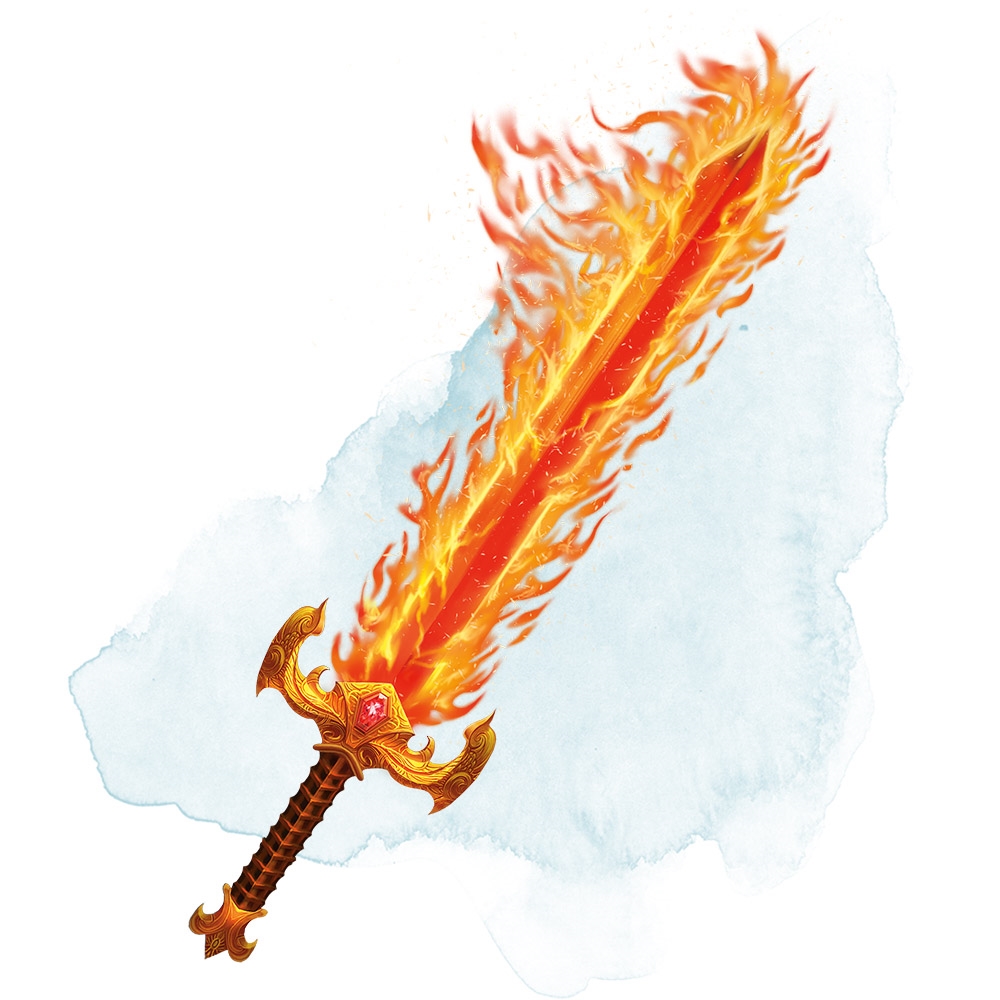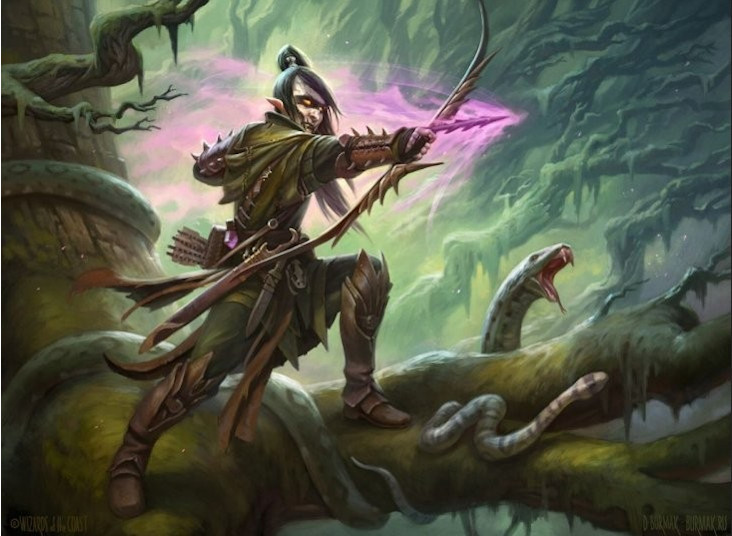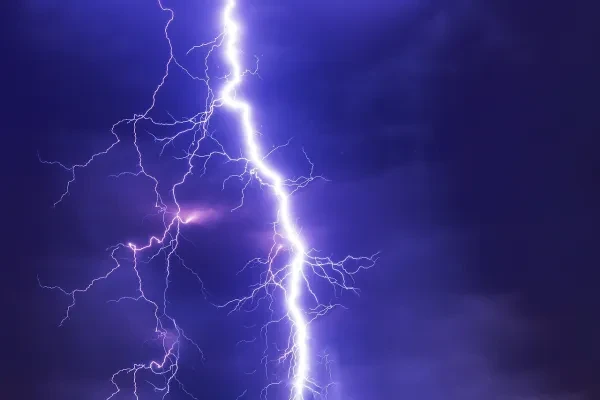
Considered as zero-level spells that do not require a spell slot, Cantrips can be used to deter, escape, illuminate, heal, mend, or wound. Through gameplay and/or research, I have discovered ten stellar Cantrips that can be used in your next adventure or campaign; read on to learn more!
10. Acid Splash

This spell can burn!
The first Cantrip on this list is Acid Splash! When a sorcerer uses this spell, a bubble of acid is instantaneously thrown at an opponent. Casting time only takes one action and happens instantly. Read on to find out more about the effects of Acid Splash and why it is a good Cantrip to have on hand!
Why Acid Splash Is Great
- This is a great Cantrip to use if you must act quickly.
- Spell damage is 1d6 if the creature fails to make a Dexterity saving throw. Spell damage increases as the spellcaster levels progress. At 5th level, spell damage is 2d6, at 11th level, spell damage is 3d6, and at 17th level, damage is 4d6!
Acid Splash details:
- Acid Splash is primarily used by sorcerers.
- The range for this spell is 60 feet; the spellcaster can hit one or two creatures with this spell! (Creatures must be within 5 feet of each other.)
- This Cantrip is both Somatic and Verbal. In other words, the spellcaster must use both hand gestures and utter the spell out loud. Some Dungeon Masters (DMs) are fussier about this detail than others.)
9. Eldritch Blast

Eldritch Blast is a blast to use in combat!
If you have been playing D&D long enough, you may know that when gamers talk about Cantrips, Eldritch Blast is usually the first that comes to mind! Eldritch Blast is considered one of the better damage spells for the warlock class. Eldritch Blast is an Evocation spell; the D&D Player's Handbook states that “Evocation spells manipulate magical energy to produce a desired effect. Some call up blasts of fire or lightning. Others channel positive energy to heal wounds.” Keep reading to understand more about the benefits of using Eldritch Blast!
Why Eldritch Blast Is Great
- When a player casts a spell and hits, the opponent takes 1d10 force damage.
- The higher the level of the spellcaster; the more separate beams can be cast! At 5th level, the spellcaster can cast two beams: at 11th level, three beams, and at 17th level, four beams! Basically, a 17th level spellcaster could cause 40 points of beam damage in one turn.
Eldritch Blast details:
- Eldritch Blast is primarily used by Warlocks.
- Like the Acid Splash, Eldritch Blast is both Somatic and Verbal.
- If the spellcaster uses multiple beams, they can be aimed at more than one target. The spellcaster does have to make a successful roll on each attack.
8. Fire Bolt
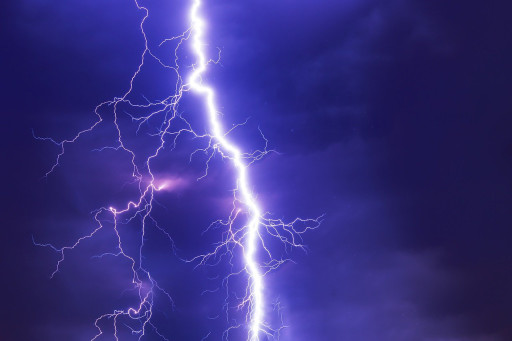
This cantrip is hot!
The Fire Bolt Cantrip is self-explanatory, as the spellcaster throws a particle of fire at a monster or object. It is excellent to have in a spellcaster’s arsenal, especially if the campaign takes place in a cold environment (cold monsters tend to be more susceptible to fire) and especially for adventures that contain undead creatures like skeletons, vampires, and zombies, who can have immunities to other types of attacks. Read more to find out the details about the Fire Bolt Cantrip!
Why Fire Bolt Is Great
- This is a great Cantrip to use if PCs need to react quickly.
- At 120 feet, the range is long, and creatures hit with this Cantrip take 1d10 fire damage.
- Like other Cantrips, damage from Fire Bolt increases as the spellcaster levels up. At 5th level, targets take 2d10 damage, at 11th level, targets take 3d10 damage, and at 17th level, targets take 4d10 damage!
Fire Bolt details:
- Fire Bolt is an Evocation Cantrip primarily used by Sorcerers and Wizards.
- Like the Acid Splash and Eldritch Blast, Fire Bolt is both Somatic and Verbal.
- The spellcaster must make a ranged spell attack to cause damage.
7. Light

This cantrip will shed some light on the situation!
Although not necessarily exciting, Light is a Cantrip that can come in handy during an adventure, especially through dark caves and tunnels. Used by Bards, Clerics, Sorcerers, and Wizards alike, the spell is cast on an object and it glows brightly up to 20 feet and dimly at another 20 feet. Read more to find out why Light is an essential Cantrip to have on an adventure!
Why Light Is Great
- This Cantrip is great to use when torches are extinguished by the elements or the PCs run out of light sources.
- If the object happens to be in on an opponent’s person (or in their hand) they must make a Dexterity saving throw.
- The spellcaster can choose any light color to use for the Cantrip.
Light Details:
- The Light Cantrip will last for an hour and can be recast or dismissed with an action.
- Opponents can cover the object with something to dim the light.
- Considered an Evocation Cantrip, Light is Verbal and Material. According to the D&D Player’s Handbook, the Cantrip requires a material object like “a firefly or phosphorescent moss.”
6. Mending
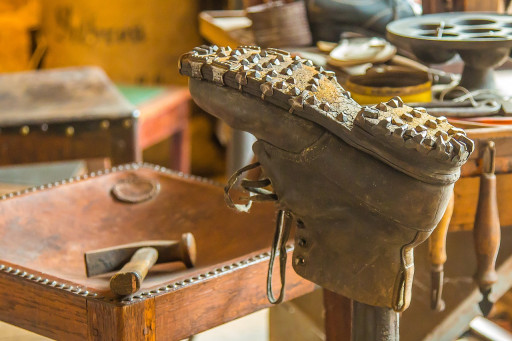
What a great cantrip for sewing on a button!
The D&D Player’s Handbook states that “transmutation spells change the properties of a creature, object, or environment.” A Transmutation Cantrip like Mending is useful to have because the spellcaster can physically repair broken items. (This spell would come in handy in real life!) Read more to learn why Mending is an excellent Cantrip to have on a campaign!
Why Mending Is Great
- It only takes a minute to cast this spell, so if something is ripped (like a water or wine flask), Mending will repair quickly.
- When PCs are in the depths of a dungeon crawl and not able to find someone in town to fix or repair something, the Mending Cantrip will come in handy!
Mending details:
- The broken item must be less than 1 foot for the Mending Cantrip to work.
- Components of Mending are Verbal, Somatic, and Material: this Cantrip requires the use of two lodestones.
- Bards, Clerics, Druids, Sorcerers, and Wizards can use this Cantrip.
5. Produce Flame
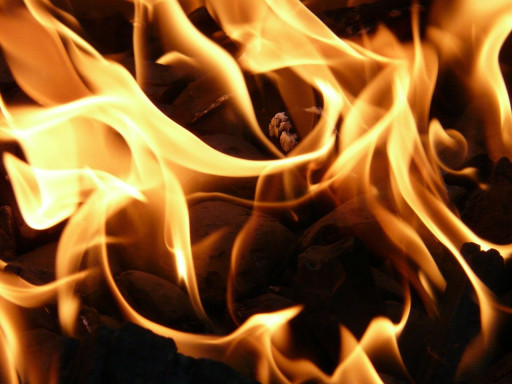
Another way to warm up an encounter!
According to the D&D Player’s Handbook, “a flickering flame appears in your hand. The flame remains there for the duration and harms neither you nor your equipment.” This Conjuration Cantrip also serves dual purposes: it can produce light (bright or dim), or it can be used as a weapon to throw. Read on to shed light on why Produce Flame is a great Cantrip to use in an adventure!
Why Produce Flame Is Great
- The casting time only takes one action, and the duration is 10 minutes.
- Dual purposes for Cantrips are always good in an adventure!
- Produce Flame would be good to use against cold-type and undead creatures.
- If you decide to use this Cantrip as a weapon, you will need to make a ranged spell attack, and if you are successful, it will take 1d8 fire damage.
Produce Flame details:
- This Cantrip is only used by Druids.
- As the PC levels up, the damage done by the Cantrip does as well. At 5th level, the damage is 2d8, At 11th level, the damage is 3d8, and at 17th level, the damage is increased by 4d8!
- Components of Produce Flame are Verbal and Somatic.
4. Ray of Frost

Ice to see you!
Ray of Frost is a terrific Cantrip used by Sorcerers and Wizards alike. According to the D&D Player’s Handbook, Ray of Frost is “a frigid beam of blue-white light streaks toward a creature within range.” Read on to find out more about this frosty Evocation Cantrip!
Why Ray of Frost Is Great
- The range of this Cantrip is 60 feet and is good to use to keep creatures at bay.
- If the strike hits, the targeted creature will take 1d8 cold damage. In addition, the speed of the creature is reduced by 10 until the next turn.
- Ray of Frost is good to use against fire-based creatures.
Ray of Frost details:
- As Sorcerers and Wizards progress in levels, damage from the Ray of Frost increases. At 5th level, damage is 2d8, at 11th level, damage is 3d8, and at 17th level, damage is 4d8.
- Spellcasters will need to make a ranged spell attack to hit the creature.
- Components of the spell are Verbal and Somatic.
3. Sacred Flame

The sacred flame is radiant!
As the name implies, the Sacred Flame is primarily used by Clerics. The D&D Player’s Handbook states that this Evocation Cantrip happens when “flame-like radiance descends on a creature that you can see within range.” Read more to find out why this Cantrip is great to use in adventurers!
Why Sacred Flame Is Great
- The Sacred Flame only takes one action and has a 60-foot radius!
- This Cantrip can be cast instantly and would be ideal to use against undead monsters since they have a vulnerability to fire.
- Targets of this spell who miss a Dexterity saving throw endures 1d8 radiant damage.
Sacred Flame details:
- The spell requires both Verbal and Somatic to work.
- Damage increases as the spellcaster levels up. At level 5th, damage is 2d8, at 11th level, damage is 3d8, and at 17th level, the damage is 4d8.
2. Shocking Grasp
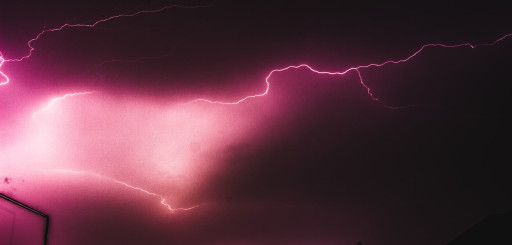
This will electrify a battle!
This Evocation Cantrip is electric and hands-on! Used by Sorcerers and Wizards alike, the purpose of Shocking Grasp is to zap opponents with a bolt of electricity emitted out of the spell caster’s hands. Read on to find out why Shocking Grasp is great to use in adventures!
Why Shocking Grasp Is Great
- Casting time only takes one action, so it is quick to use. (That is the beauty of Cantrips: instant action!)
- Great to use if opponents are sporting metal armor, as spellcasters will have an advantage upon attacking.
- If the creature is hit, it will take 1d8 lightning damage.
Shocking Grasp details:
- As the spellcaster increases in levels, the damage given is stronger, too. At 5th level, the damage is 2d8, at 11th level, the damage is 3d8, and at 17th level 4d8.
- The components of Shocking Grasp are Verbal and Somatic.
1.True Strike

Literally a mind game!
True Strike is a Divination Cantrip that is commonly used by Bards, Sorcerers, Warlocks, and Wizards. According to D&D Beyond, “you point at a target in range. Your magic grants you a brief insight into the target’s defenses. On your next turn, you gain advantage on your first attack roll against the target provided that this spell hasn’t ended.” Read more to find out about this mind-altering Cantrip!
Why True Strike Is Great
- Why not find out what the opponent is thinking? The insight will give the spellcaster and the party an advantage.
- True Strike is great because by looking into the opponent’s mind, the spellcaster will not have to guess and unnecessarily use up a spell slot.
True Strike details:
- This spell requires Concentration and takes up to one round; also, True Strike requires a Somatic component.
- True Strike is instantaneous and can be cast up to 30 feet.


